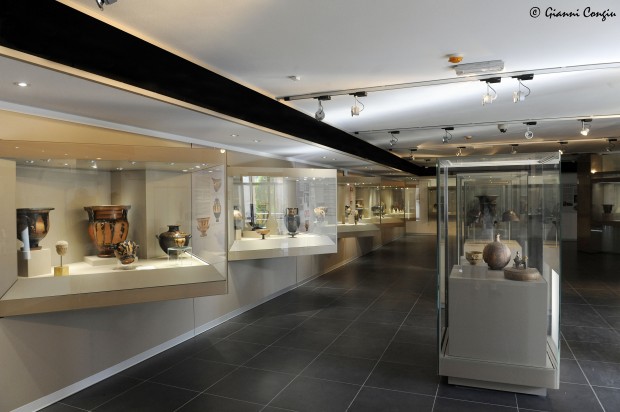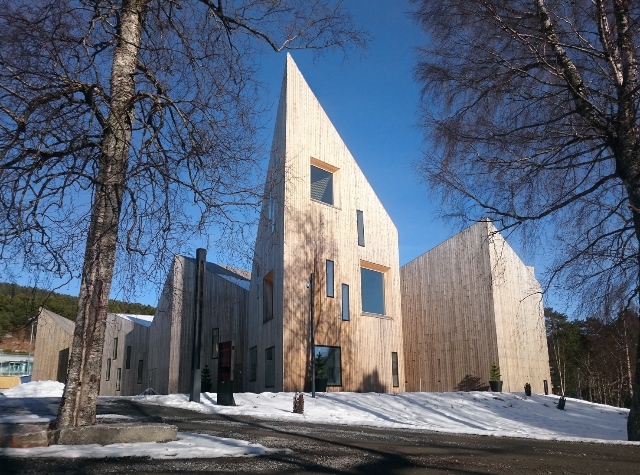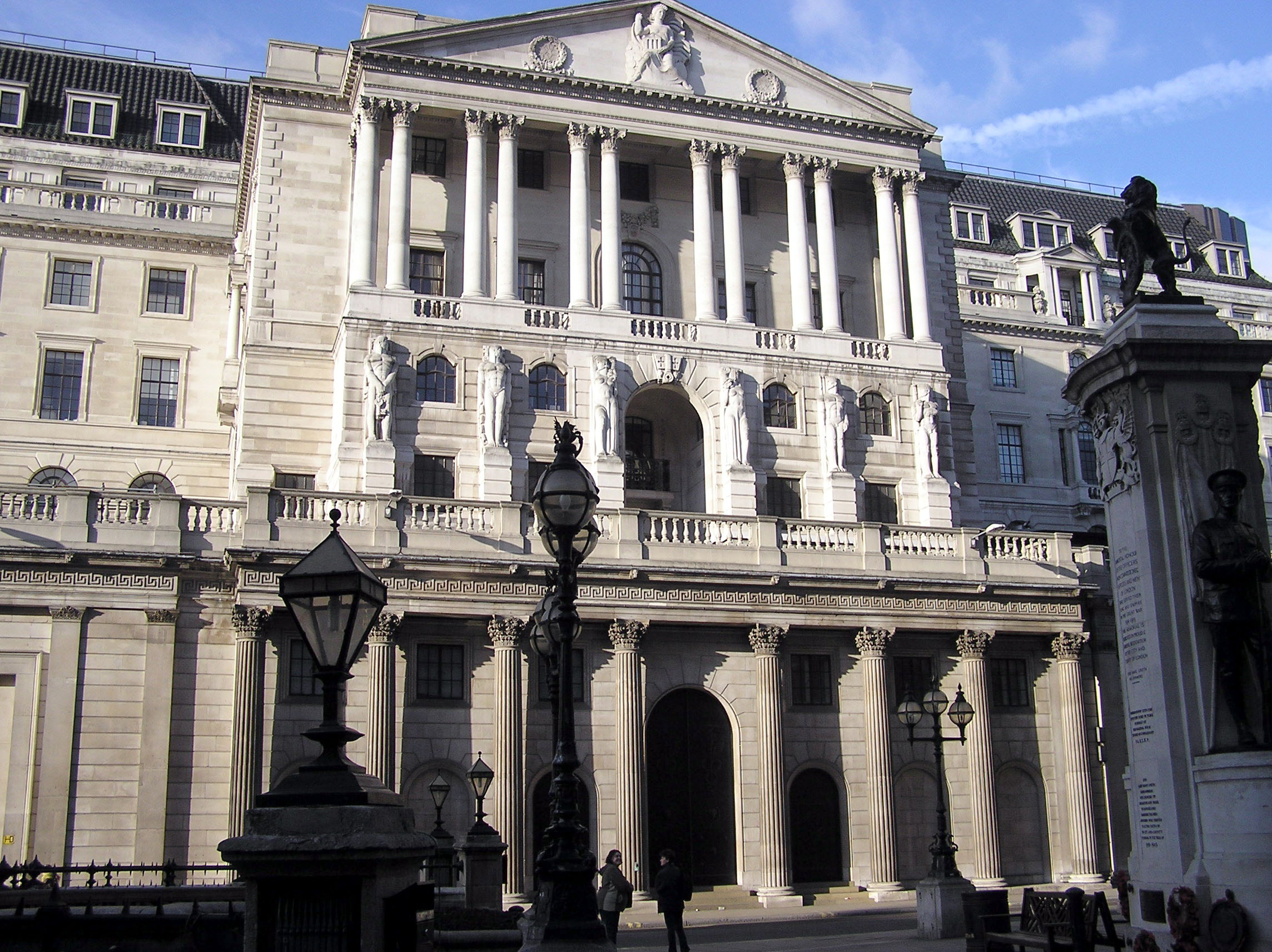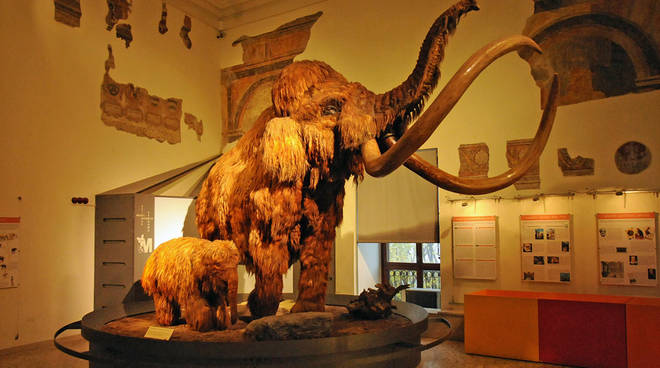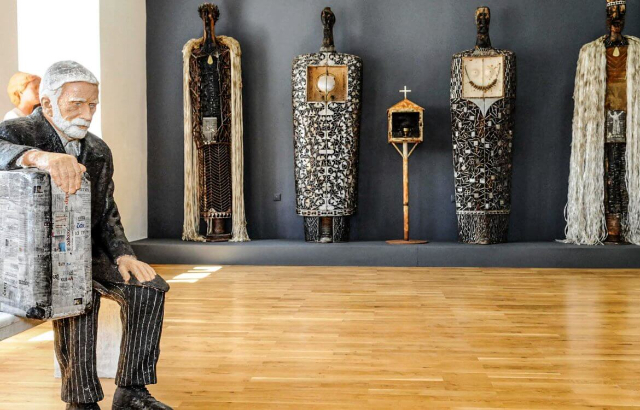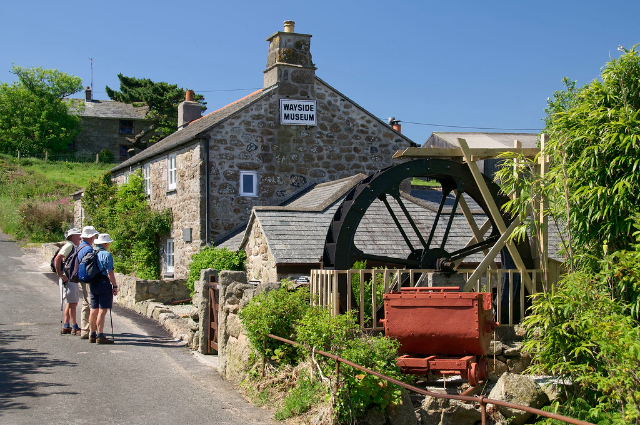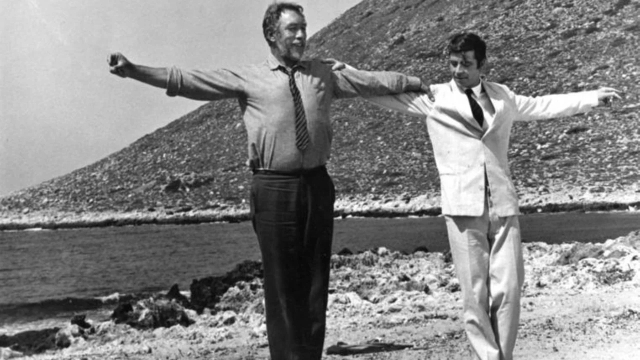The Archaeological Museum is located in an extraordinary architectural context, the former convent of the Monastery of San Maurizio, founded in the 8th century AD, where the history of ancient Milan still shows its traces. The area was occupied by a residential building dating back to the 1st century A.D., the walls and the large Roman circus adjacent to the imperial palace of the late 3rd century A.D., of which substantial remains have been preserved.
The collections are displayed in different rooms according to the culture they belong to. On the ground floor, past the first cloister (architectural decoration of Milanese origin) is the section dedicated to Ancient Milan.
The tour continues in the inner cloister ("the Milanese society through the epigraphs") where you can visit the polygonal tower (late 3rd century) with early medieval frescoes (13th century).
In the basement you can visit the section of Gandhara Art and the section Living in Mediolanum. From the inner cloister of the museum, walking along the footbridge that crosses the Roman walls you can reach the building in via Nirone 7, the new extension of the museum.
On the ground floor, next to the conference-didactic room, there is a path dedicated to ancient music (Suoni Silenti. Images and musical instruments of the Civic Archaeological Museum of Milan).
On the first floor there is the early medieval section, on the second floor there is the Etruscan section while the third floor is dedicated to the Greek section. From a small room at the end of the Etruscan section you can have a look at the two Roman towers of the Monastery Maggiore complex.
Inside the polygonal tower of the walls there is a sculpture donated to the Municipality of Milan by Mimmo Paladino.
The Egyptian, Prehistoric and Protohistoric collections are exhibited in the Visconti Rooms of the Castello Sforzesco.
